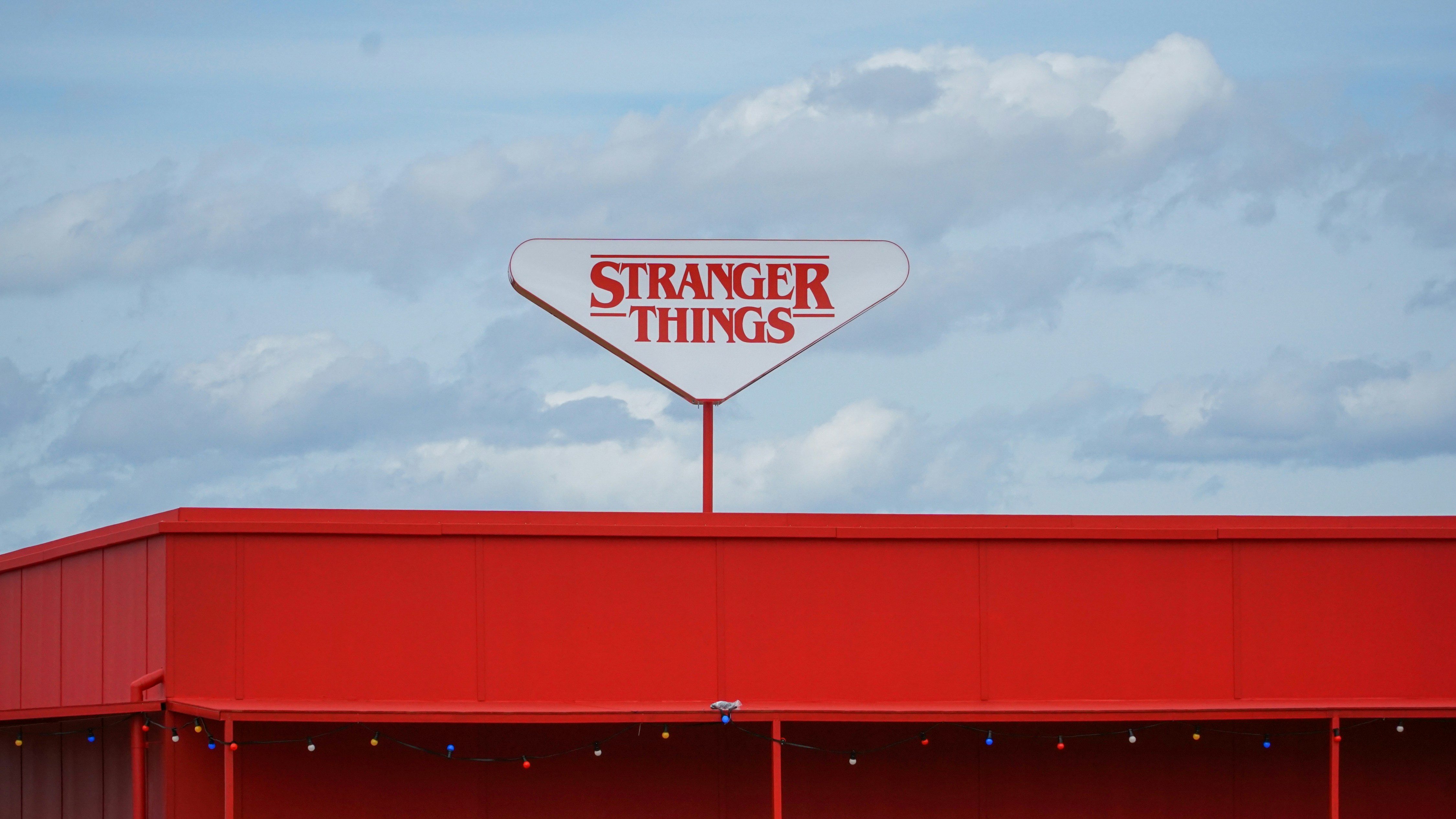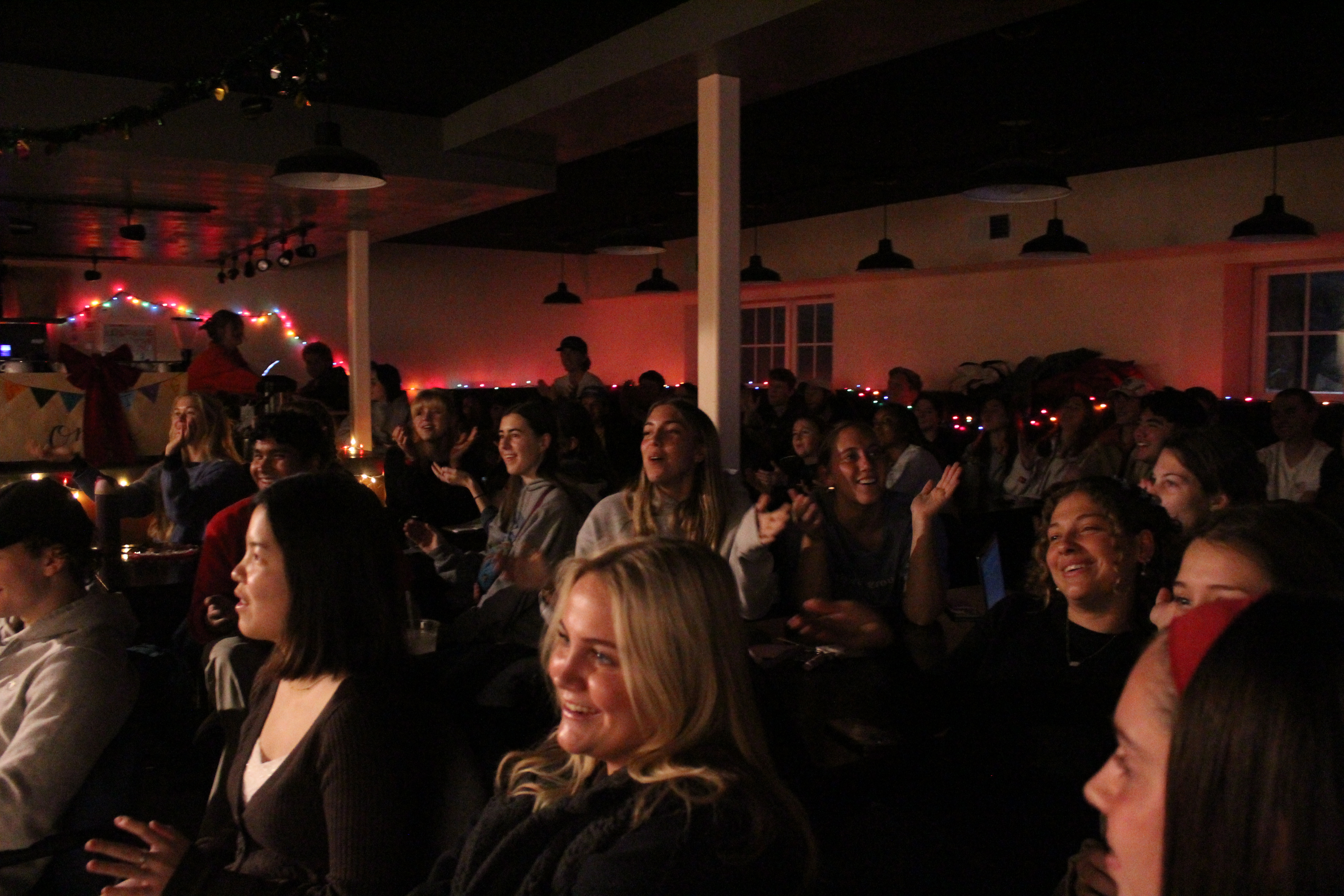Fall has arrived! It is the season of pumpkin spice, leaf piles and the commencement of the yearly Gilmore Girls rewatch. The magic of Stars Hollow never seems to run dry, as many re-experience the iconic mother-daughter duo, Lorelai and Rory Gilmore. The simple, small-town life, chosen by Lorelai as an escape from the luxurious yet monotonous life of dinner parties and prestigious schooling, is the charming and immersive setting that viewers have treasured since the show’s release in October 2000. Yet in my rewatch of the series, I slowed my watching pace around the middle of season four, where many stop completely. Many attribute their disinterest due to Rory’s haircut or Dean’s infidelity, but most fans agree that season four starts the decline of Rory Gilmore as a likable character. I propose that the fall of Rory began first with the flaws of Lorelai.
Early episodes of the show establish a best friend relationship between the single mother Lorelai and her daughter Rory. This non-traditional family structure is in stark contrast to Lorelai’s upbringing in her parents’ high-class world. This initial setup reveals the lens in which Palladino wants her show to be viewed; there is a heroic rebellion written into Lorelai’s dismissal from her parents’ house. So how does this relate to Rory? Rory is the product of her mother’s emancipation from elitism, yet she is drawn to the privilege her mother rejected. The grudges against Friday night dinners at Emily and Richard Gilmore’s house are solely from the complaints of Lorelai. Rory is inclined to these aristocratic events like her coming out party, spending time with her grandfather at the golf club and even attending Yale.
This tension of interest presents itself to viewers in the weak aspects of Rory’s character. Being one of the most innovative representations of a young female with academic ambition in television history, Rory shoots for the stars and lands in the wealthy world that Lorelai desperately escaped. As director Amy Sherman-Palladino says, “People make mistakes; people are human beings. And Rory’s whole point in this is that she had a plan and the plan isn’t working and she’s a little bit in denial.” This denial is the detriment of Rory, as Lorelai fled the life of privilege, Rory runs after it. By the end of season 4 and beyond, we see Rory’s ambitions face reality and the show that was semi-slice of life becomes grounded and harsh.
Rewatching Gilmore Girls now, Rory is no longer a poorly written character, but a character that reflects reality and its disappointments. What makes this show so impressive, apart from its quick humor and references, is the capturing of the hard transition from ambition to adulthood. Maybe that is why we return to Stars Hollow: not for aesthetic idealism, but for its relatability.
Photo Courtesy of Polina Zimmerman on Pexels





